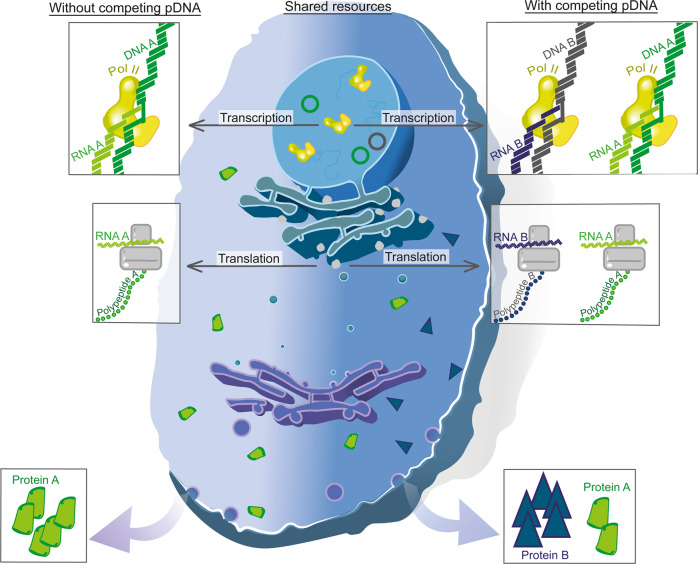Fig. 1. A comparison of resource allocation in mammalian cells upon transfection of a genetic construct with and without a co-expressed control.
Two scenarios are shown in parallel where a plasmid (pDNA) harbouring Protein A is transfected alone (left) or co-transfected with Protein B (right). In the nucleus, pDNA are processed by a finite number of RNA polymerase II (Pol II) molecules; therefore heterologous (A and B) and endogenous genes must compete for its availability. In a scenario with greater competition (right), less mRNA is transcribed from DNA A compared to a scenario with less competition (left). To compound this issue, cells also contain a finite number of ribosomes. As such, competition for translational machinery leads to unpredictable production of A and B proteins.

